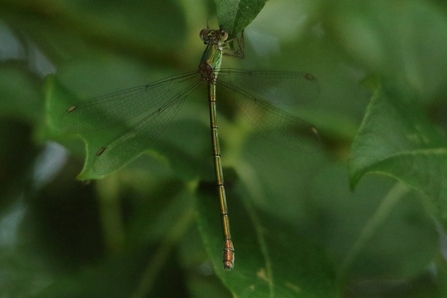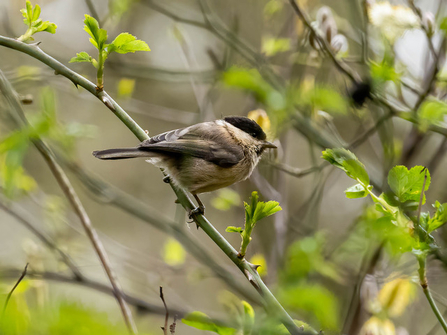Willow emeralds were spotted last month near the Roger Mitchell Hide and in Loversall Field. They’re likely to be around until mid-autumn, but you’ll need to be keen-eyed to find one: unlike other damselflies, they spend most of their time in the trees - basking on the sunniest branches of alders and willows, where their metallic green plumage blends in well.
Even in winter, you might notice signs of their presence. Females make distinctive scars in the branches by laying eggs, which remain in the bark throughout the winter. When spring arrives, the eggs hatch and the larvae fall into the water below.
Even if you don’t manage to spot a willow emerald, you’ve still got an excellent chance of seeing some of the larger and showier dragonflies that patrol Potteric Carr’s lakes, ponds and ditches on warm sunny days. The willow emerald’s arrival means 23 species of dragonfly and damselfly have now been recorded on the reserve – five more than a couple of decades ago.



